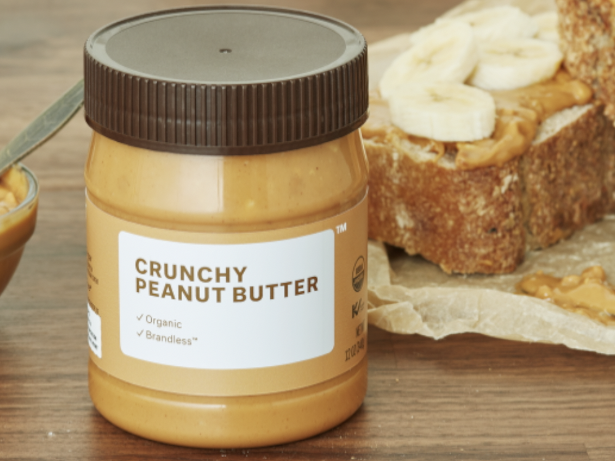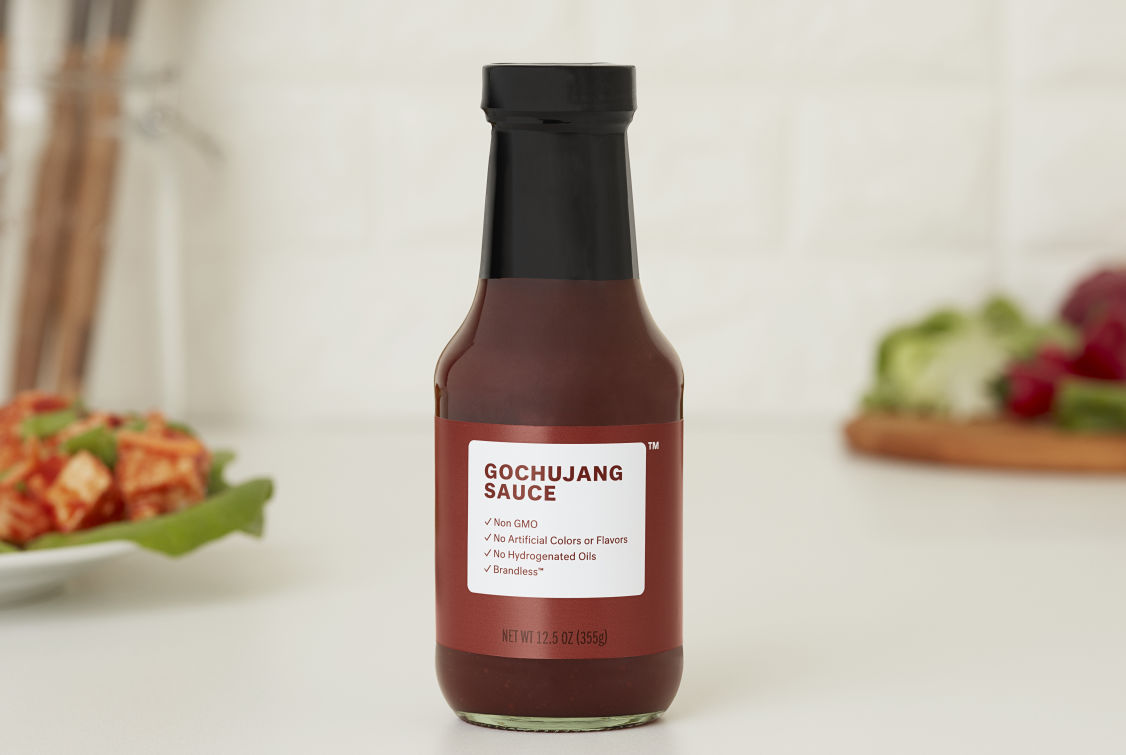
- Inspiring People -
- 2mins -
- 44 views
Brandless: Better everything – For everyone – For less
Startup raises $50 million to sell brand-less essentials online for $3
Life, liberty and the pursuit of fairly-priced everything™
Investors in a new startup are gambling that you don’t care as much about the brands you purchase as you think. Brandless is pitching itself as the "Procter & Gamble for millennials," and offering a host of essential consumer items for a single low price of $3. Instead of a fancy logo emblazoned on a product, the actual attributes of the product are listed on the package instead.
Everyone deserves better
Thanks to modern distribution channels like Facebook, Twitter, Instagram and YouTube, it has never been easier — or cheaper — for a new brand to build an audience and find customers online.
Brandless, is the brainchild of entrepreneurs Tina Sharkey and Ido Leffler. They hope to take advantage of this new environment and change the way consumers buy everyday essentials. They’re hoping to make going to the grocery store to stock up on everyday items a thing of the past with this direct-to-consumer business model and $3 price point for every product they offer.
Over the last three years, Sharkey and Leffler have been building a collection of products covering categories including non-perishable food, cleaning supplies, health and beauty products, personal care items and office supplies.
In the food category, for instance, Brandless sells everything from canned goods to salad dressings and sauces to snacks and candies to coffee, all priced at $3 a piece.
Housewares include measuring spoons, can openers, corkscrews and a selection of knives, while cleaning supplies include all-purpose cleaner and dish soap. And on the health and beauty front, Brandless sells everything from toothpaste and mouthwash to hand soap and body lotion.
Source: TechCrunch Main Image: Facebook/Businessinsider

How can Brandless offer its goods at 40 percent less than comparable products?
The big innovation at Brandless was to make a wide range of household staples and sell them all at a single price. By stripping away what it likes to call the “brand tax” — i.e., all the costs related to the traditional consumer packaged goods distribution model — and going straight to the consumer, Brandless can offer its goods at 40 percent less than comparable products on average.
Another key difference is Brandless packaging, which seeks to highlight the important details of each product. That means pointing out what’s non-GMO, organic, fair trade, or kosher, as well as which things are gluten-free or have no added sugar.
But the biggest difference between Brandless and all the major CPG (Consumer Packaged Goods) players is its business model: Rather than sell through traditional retail stores, the company is offering its goods online.
In the process cutting all the distributor costs, breakage costs, sales trade costs and other fees associated with retail distribution, which is the main way it’s able to offer products so cheaply. It’s also creating a direct relationship with the consumer, which most CPG brands don’t actually have.“Most CPG companies don’t have any relationship with consumers,” Sharkey said. “If you think about how products are distributed today, their customers are the stores, not the end consumer.”
Few startups have dared to go after the traditional grocery business, but with plenty of funding, a couple of seasoned entrepreneurs at the helm, a diverse set of products and a disruptive pricing model, Brandless is ready to take on that challenge.
From an article by Ryan Lawler, for TechCrunch. to see full article CLICK


